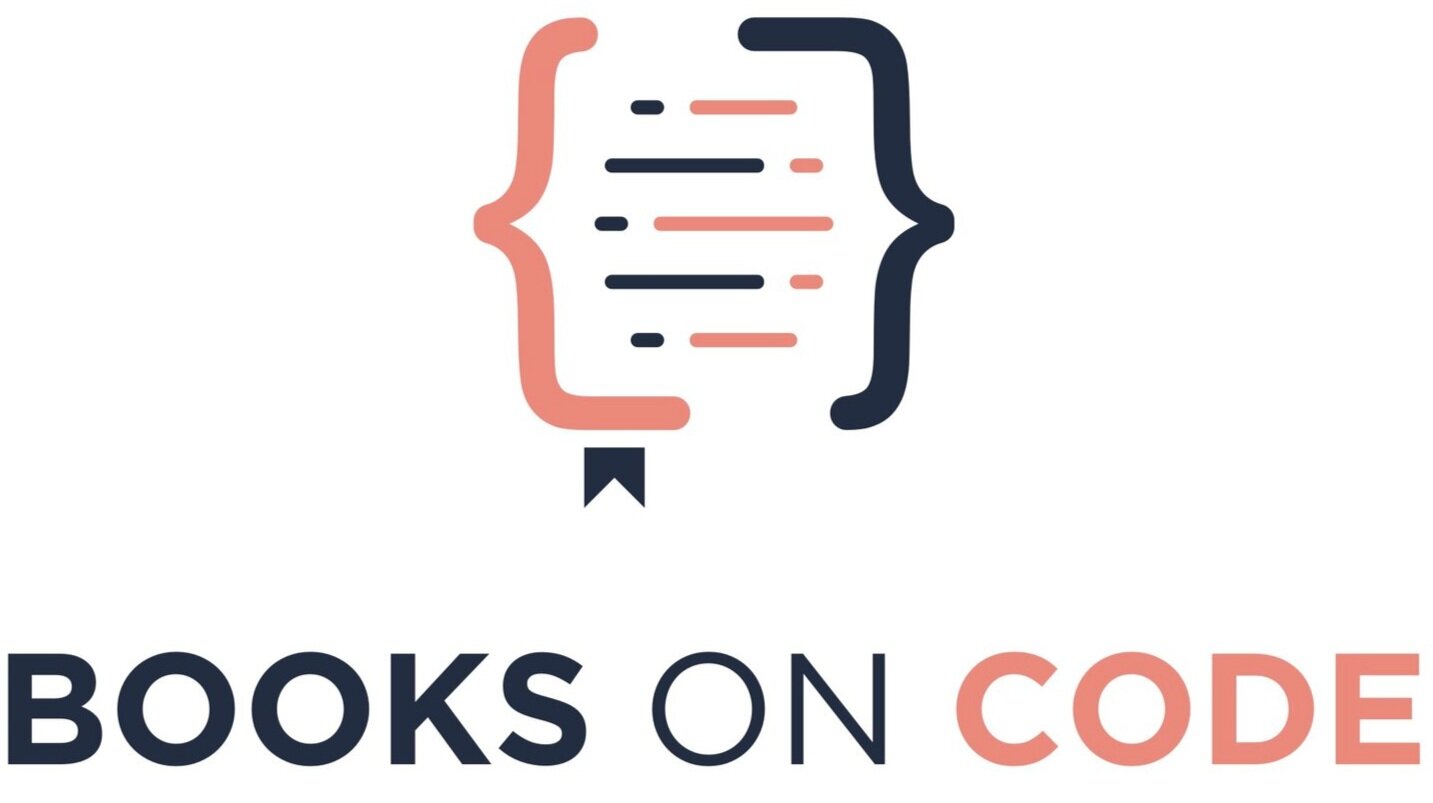What is Web Accessibility and Why Does It Matter?
There is no better time to talk about web accessibility. You may have started a project where you know web accessibility is a project priority. Perhaps your teammates advocate for better web accessibility practices or you want to advocate for web accessibility yourself.
In order to advocate for web accessibility, you need to answer the essential questions for your team — questions like “What is web accessibility?”
This article will teach you everything you know about what web accessibility is and why you and your team should care about web accessibility so that you can start that initiative, draft your plan, and start building better web apps today.
READ THE SERIES ON WEB ACCESSIBILITY
Other Books on Code Articles about Web Accessibility:
Overview
This article draws much of its information about web accessibility from Practical Web Inclusion and Accessibility (2019) by Ashley Firth, which is an up-to-date guide on web accessibility that is both succinct, simply written, and empathetic to various user groups. The book is written with not one discipline in mind; it has value for both product managers, designers, and web developers.
At Books on Code, we focus on the rich web development skills we can build from books. This accessibility book delivers on that, bringing an in-depth experience that helps you fully immerse in web accessibility thinking.
What is Web Accessibility?
[Vinton Cerf, recognized as one of the “fathers of the Internet”, ] described email to the New York Times as “the great equalizer in that everyone, hearing and deaf, uses the same technology.” This is the essence of accessibility. It means removing the barriers that might prevent someone from using something, regardless of their access need.
— Practical Web Inclusion and Accessibility
Web accessibility is in the name: access.
Web accessibility means that you accommodate different access needs. This concept is far broader than what you might think.
An access need is, according to Practical Web Inclusion and Accessibility, “anything a person requires to communicate, learn, or take part in an activity.”
A disability can be permanent or temporary. It is important to think of disability not as a ‘personal attribute’ but as a state that is dependent on environmental context. According to the book, “disabilities happen during interactions between a person and the world around them on a physical and cognitive level.”
Examples of permanent disabilities can be blindness, visual impairment, or motor disabilities.
Examples of temporary disabilities: when someone drives a car or has an arm in a cast. These various conditions mean that certain modes of access, such as sound, keyboard, mouse, or a screen, may be inaccessible.
We often overlook access needs and don’t realize how vast this landscape is.
Why Should I Care about Web Accessibility?
[D]ue to the growing trend of lawsuits and media coverage, it’s also important for project stakeholders to understand the importance and repercussions of exclusionary design.
— Practical Web Inclusion and Accessibility
Web accessibility is for everyone.
Designing for web accessibility is just good design.
Developing for web accessibility is just good development.
That is why building for web accessibility ought to be integrated from the very beginning — it’s why web accessibility ought to be taught with fundamental design and web development classes. These concepts are that basic, and yet our literacy is still too low.
Web accessibility changes lives because the web itself changes lives. Through the web, we have access to both education, entertainment, and our livelihoods. We can build businesses and communities. We can learn anything.
No child should lack access to education. No adult should lack access to making a living.
With my work in enterprise software, we have provided software in which it is peoples’ jobs to use the software. If that software does not allow for certain access needs, then we are excluding people from a job.
That is why those who sue companies have so much leverage — because it infringes on our civil liberties. When the web is so flexible that we can build for accessibility with a little bit of knowledge, there is no excuse to restrict access for anyone.
We have all of the tools we need to provide accessible technology. Failing to provide it is a disservice to the communities we serve.
How Do I Learn Web Accessibility?
Now that you have reached this point of the article, you are 100% bought in on web accessibility and its huge importance.
But now it’s time for the hard question: how do you learn about and implement web accessibility practices?
And this is where it is so easy to be led astray. Because while I sold you on building and designing accessible web sites for users, the bait-and-switch is this: there is web accessibility compliance and guidelines, and it’s all-too-easy to focus on compliance and not user experience.
Did you know that you can build a web app that is both web accessibility compliant and does not serve access needs? As a word of caution, do not be a slave to the guidelines and get into a “ticking boxes” mentality. Otherwise you will not truly be serving your users.
To truly prioritize users and create great apps that meet web accessibility, I highly recommend purchasing and reading the book Practical Web Inclusion and Accessibility. The book groups web accessibility standards by disability and access needs. The book is also not dry; it’s extremely well written and packed with examples for designers and web developers.
If you want a more structured, intensive training beyond a book’s offerings, I recommend Coursera’s Introduction to Accessibility and Inclusive Design, which includes hours of video content that discuss using assistive technologies, empathizing with different groups of users with various access needs, understanding the legal landscape, and principles of universal design.
You can also read my article, Top 10 Web Accessibility Standards Every Developer Should Know, which helps you get into the mindset of a mindful developer.
I hope you enjoyed this article on web accessibility. If you are a web developer who wants to grow and learn through books, please join my Books on Code newsletter below.
If you want to start a web accessibility initiative, share this article with them. Let them know how important and crucial web accessibility actually is.
As always, I appreciate you taking the time to read this article, and I look forward to seeing you in the newsletter. 👋😊


